Wireless Networking Complete
Copyright Page
Contents
About This Book
About the Authors
Chapter 1 Supporting Wireless Technologies
1.1. The Frequency Spectrum
1.1.1 Public Media Broadcasting
1.1.2 Cellular Communication
1.1.3 Wireless Data Communication
1.1.4 Other Fixed or Mobile Wireless Communications
1.2. Wireless Communication Primer
1.2.1 Signal Propagation
1.2.2 Modulation
1.2.3 Multiplexing
1.3. Spread Spectrum
1.3.1 Direct-Sequence Spread Spectrum
1.3.2 Frequency-Hopping Spread Spectrum
1.3.3 Orthogonal Frequency-Division Multiplexing
1.4. Global System for Mobile and General Packet Radio Service
1.4.1 Global System for Mobile
1.4.2 General Packet Radio Service
1.5. Code-Division Multiple Access
1.5.1 Code-Division Multiple Access Concept
1.5.2 IS-95
1.5.3 Software Handoff
1.5.4 Road to 4G
1.6. GSM Versus CDMA
1.7. 3G Cellular Systems
1.7.1. UMTS/WCDMA Versus cdma2000
1.7.2. UMTS/WCDMA
1.7.3. cdma2000
1.7.4. 4G Cellular Systems
1.8. 2G Mobile Wireless Services
1.8.1 WAP and iMode
1.8.2 Short Message Service
1.9. Wireless Technologies Landscape
1.10. 802.11 Wireless LANs
1.10.1 Architecture and Protocols
1.10.2 Frame Format
1.10.3 Beacon Frame
1.10.4 Roaming in a Wireless LAN
1.10.5 IEEE 802.11 Family
1.10.6 Security in Wireless LANs
1.11. Bluetooth
1.11.1 Architecture and Protocols
1.11.2 Bluetooth Overview
1.11.3 Bluetooth Architecture
1.11.4 Radio and Baseband
1.11.5 L2CAP and Frame Format
1.11.6 RFCOMM
1.11.7 SDP
1.11.8 Bluetooth Evolution
1.12. Ultra-Wideband
1.12.1 UWB Standards
1.12.2 UWB Applications
1.13. Radio-Frequency Identification
1.13.1 RFID System
1.13.2 RFID Applications
1.14. Wireless Metropolitan Area Networks
1.14.1 Wireless Broadband: IEEE 802.16
1.14.2 WiMax
1.15. Satellite
1.15.1 Satellite Communication
1.15.2 Satellite Systems
1.16. Wireless Sensor Networks
1.16.1 WSN Applications
1.16.2 Wireless Sensor Node
1.16.3 Self-Organized Networks
1.16.4 ZigBee
1.17. Standardization in the Wireless World
1.17.1 Cellular Standard Groups
1.17.2 IEEE Standards
1.17.3 Standards War
1.18. Summary
Further Reading
Chapter 2 Wireless Networks
2.1 Bluetooth (802.15.1)
2.2 Wi-Fi (802.11)
2.2.1 Physical Properties
2.2.2 Collision Avoidance
2.2.3 Distribution System
2.2.4 Frame Format
2.3 WiMAX (802.16)
2.4 Cell Phone Technologies
Further Reading
Chapter 3 An Overview of Wireless Systems
3.1 Introduction
3.2 First- and Second-Generation Cellular Systems
3.3 Cellular Communications from 1G to 3G
3.4 Road Map for Higher Data Rate Capability in 3G
3.5 Wireless 4G Systems
3.6 Future Wireless Networks
3.7 Standardization Activities for Cellular Systems
3.8 Summary
Problems
References
Chapter 4 Wireless Application Protocol
4.1 Introduction
4.2 WAP and the World Wide Web (WWW)
4.3 Introduction to Wireless Application Protocol
4.4 The WAP Programming Model
4.4.1 The WWW Model
4.4.2 The WAP Model
4.5 WAP Architecture
4.5.1 Wireless Application Environment
4.5.2 Wireless Telephony Application
4.5.3 Wireless Session Protocol
4.5.4 Wireless Transaction Protocol
4.5.5 Wireless Transport Layer Security
4.5.6 Wireless Datagram Protocol
4.5.7 Optimal WAP Bearers
4.6 Traditional WAP Networking Environment
4.7 WAP Advantages and Disadvantages
4.8 Applications of WAP
4.9 imode
4.10 imode Versus WAP
4.11 Summary
Problems
References
Chapter 5 Wireless Local Area Networks
5.1 Introduction
5.2 WLAN Equipment
5.3 WLAN Topologies
5.4 WLAN Technologies
5.4.1 IR Technology
5.4.2 UHF Narrowband Technology
5.4.3 Spread Spectrum Technology
5.5 IEEE 802.11 WLAN
5.5.1. IEEE 802.11 Architecture
5.5.2. 802.11 Physical Layer (PHY)
5.5.3. IEEE 802.11 Data Link Layer
5.5.4. IEEE 802.11 Medium Access Control
5.5.5. IEEE 802.11 MAC Sublayer
5.6 Joining an Existing Basic Service Set
5.7 Security of IEEE 802.11 Systems
5.8 Power Management
5.9 IEEE 802.11b—High-Rate DSSS
5.10 IEEE 802.11n
5.11 Other WLAN Standards
5.11.1 HIPERLAN Family of Standards
5.11.2 Multimedia Access Communication—High-Speed Wireless Access Network
5.12 Performance of a Bluetooth Piconet in the Presence of IEEE 802.11 WLANs
5.12.1 Packet Error Rate (PER) from N Neighboring Bluetooth Piconets
5.12.2 PER from M Neighboring IEEE 802.11 WLANs
5.12.3 Aggregated Throughput
5.13 Interference Between Bluetooth and IEEE 802.11
5.14 IEEE 802.16
5.15 World Interoperability for MicroAccess, Inc. (WiMAX)
5.15.1 WiMAX PHY
5.15.2 WiMAX Media Access Control (MAC)
5.15.3 Spectrum Allocation for WiMAX
5.16 Summary
Problems
References
Chapter 6 Fourth-Generation Systems and New Wireless Technologies
6.1. Introduction
6.2. 4G Vision
6.3. 4G Features and Challenges
6.4. Applications of 4G
6.5. 4G Technologies
6.5.1 Multicarrier Modulation
6.5.2 Smart Antenna Techniques
6.5.3 OFDM–MIMO Systems
6.5.4 Adaptive Modulation and Coding with Time-Slot Scheduler
6.5.5 Bell Labs Layered Space Time (BLAST) System
6.5.6 Software-Defined Radio
6.5.7 Cognitive Radio
6.6. Summary
Problems
References
Chapter 7 Mesh Networks: Optimal Routing and Scheduling
7.1 Overview
7.2 Network Topology and Link Activation Constraints
7.2.1 Link Activation Constraints
7.3 Link Scheduling and Schedulable Region
7.3.1 Stability of Queues
7.3.2 Link Flows and Link Stability Region
7.4 Routing and Scheduling a Given Flow Vector
7.5 Discussion
7.6 Maximum Weight Scheduling
7.6.1 Multicommodity Flow Criteria
7.6.2 Lyapunov Stability of a Network of Queues
7.6.3 The Algorithm and Its Analysis
7.6.4 Discussion
7.7 Routing and Scheduling for Elastic Traffic
7.7.1 Fair Allocation for Single Hop Flows
7.7.2 Fair Allocation for Multihop Flows
7.8 Discussion
7.9 Notes on the Literature
Problems
References
Chapter 8 Ad Hoc Wireless Sensor Networks
8.1 Overview
8.2 Communication Coverage
8.3 Discussion
8.4 Sensing Coverage
8.5 Discussion
8.6 Localization
8.6.1 Convex Position Estimation
8.7 Discussion
8.7.1 Routing
8.7.2 Attribute-Based Routing
8.8 Function Computation
8.9 Discussion
8.10 Scheduling
8.10.1 S-MAC
8.10.2 IEEE 802.15.4 (Zigbee)
8.11 Notes on the Literature
Problems
References
Chapter 9 Sensor Network Platforms and Tools
9.1 Sensor Node Hardware
9.1.1 Berkeley Motes
9.2 Sensor Network Programming Challenges
9.3 Node-Level Software Platforms
9.3.1 Operating System: TinyOS
9.3.2 Imperative Language: nesC
9.3.3 Dataflow-Style Language: TinyGALS
9.4 Node-Level Simulators
9.4.1 The ns-2 Simulator and Its Sensor Network Extensions
9.4.2 The Simulator TOSSIM
9.5 Programming Beyond Individual Nodes: State-Centric Programming
9.5.1 Collaboration Groups
9.5.2 PIECES: A State-Centric Design Framework
9.5.3 Multitarget Tracking Problem Revisited
9.6 Summary
References
Chapter 10 Mobile IP
10.1 The Requirements of Mobile IP
10.2 Extending the Protocols
10.3 Reverse Tunneling
10.4 Security Concerns
Further Reading
Chapter 11 Mobile IPv6
11.1 Introduction
11.2 Mobile IPv6 Overview
11.2.1 Types of Nodes
11.2.2 Basic Operation of Mobile IPv6
11.3 Header Extension
11.3.1 Alignment Requirements
11.3.2 Home Address Option
11.3.3 Type 2 Routing Header
11.3.4 Mobility Header
11.3.5 Mobility Options
11.3.6 Neighbor Discovery Messages
11.3.7 ICMPv6 Messages
11.4 Procedure of Mobile IPv6
11.4.1 Protocol Constants and Variables
11.4.2 Home Registration
11.4.3 Bi-Directional Tunneling
11.4.4 Intercepting Packets for a Mobile Node
11.4.5 Returning Home
11.5 Route Optimization
11.5.1 Return Routability
11.5.2 Sending Initial Messages
11.5.3 Responding to Initial Messages
11.5.4 Computing a Shared Secret
11.5.5 Verifying Message
11.5.6 Security Considerations
11.5.7 De-Register Binding for Correspondent Nodes
11.5.8 Backward Compatibility
11.6 Movement Detection
11.7 Dynamic Home Agent Address Discovery
11.8 Mobile Prefix Solicitation/Advertisement
11.9 Relationship with IPsec
References
Chapter 12 Security and Survivability of Wireless Systems
12.1 Introduction
12.2 Background
12.3 Current Security Approaches in Wireless Networks
12.4 Current Survivability Approaches in Wireless Networks
12.5 Framework for Wireless Network Survivability and Security
12.6 Interaction Between Survivability and Security in Wireless Networks
12.6.1 Extending the Framework to Include Interactions Between Security and Survivability
12.6.2 Case Study I: Idle Handoffs
12.6.3 Case Study II: Key Management in Heterogeneous Sensor Networks
12.7 Conclusion
References
Index
A
B
C
D
E
F
G
H
I
J
K
L
M
N
O
P
Q
R
S
T
U
V
W
X
Z
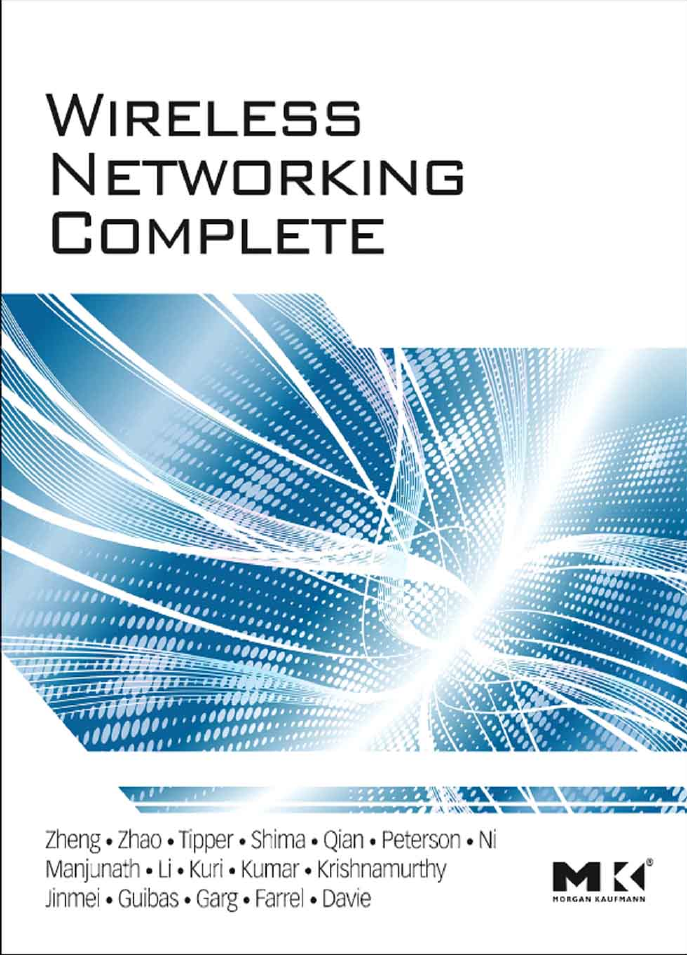

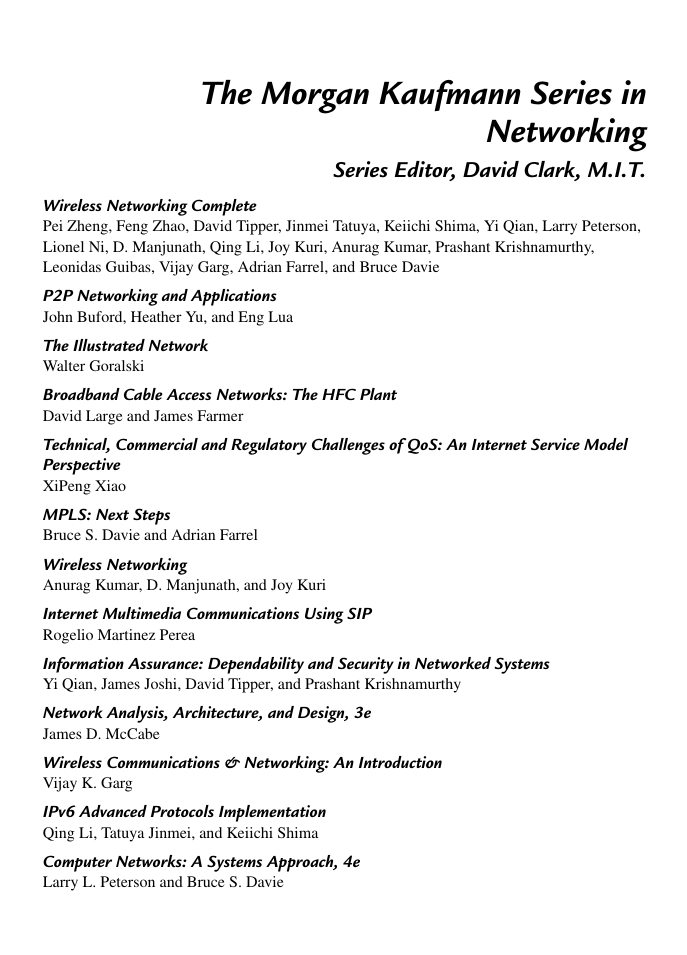
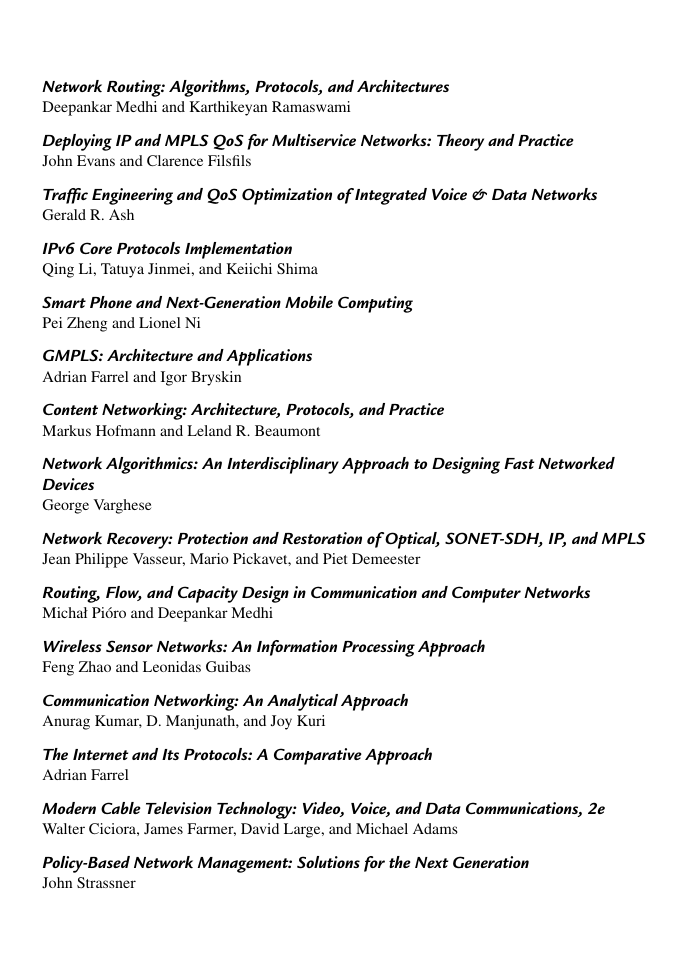

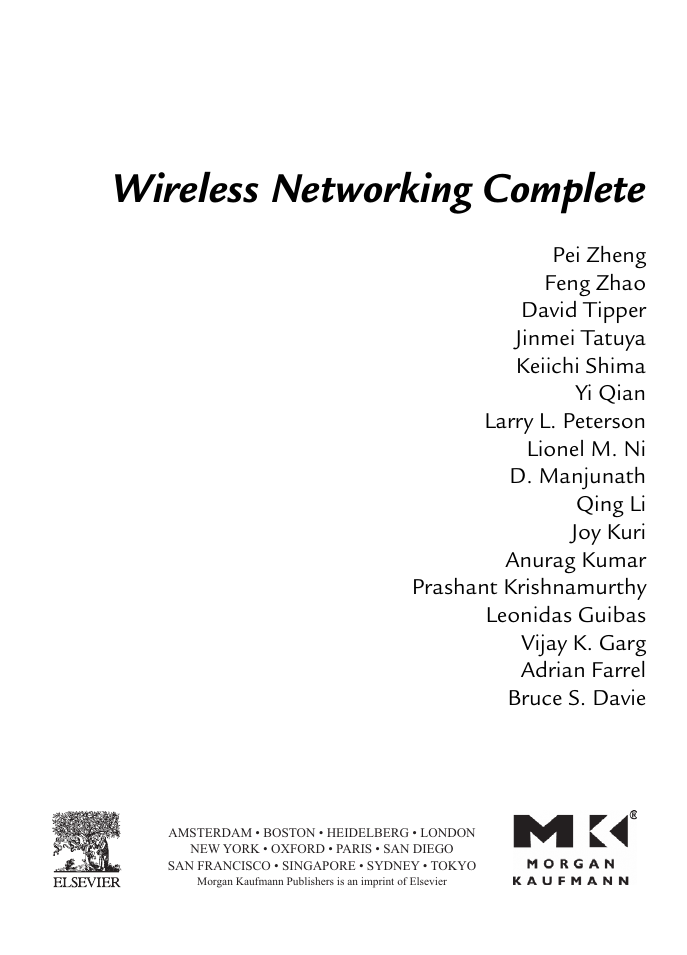
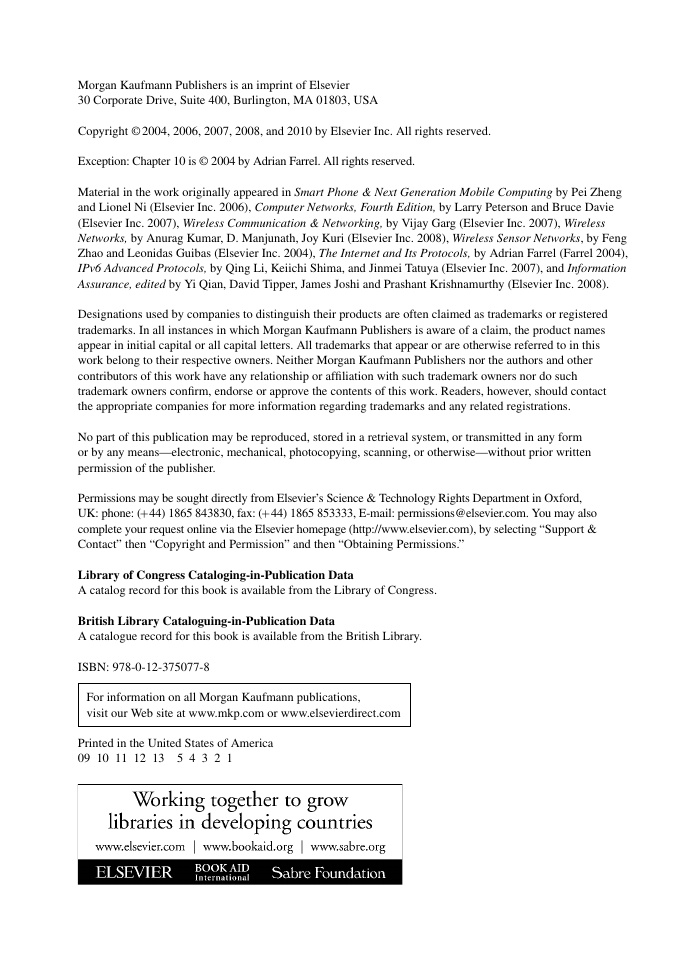
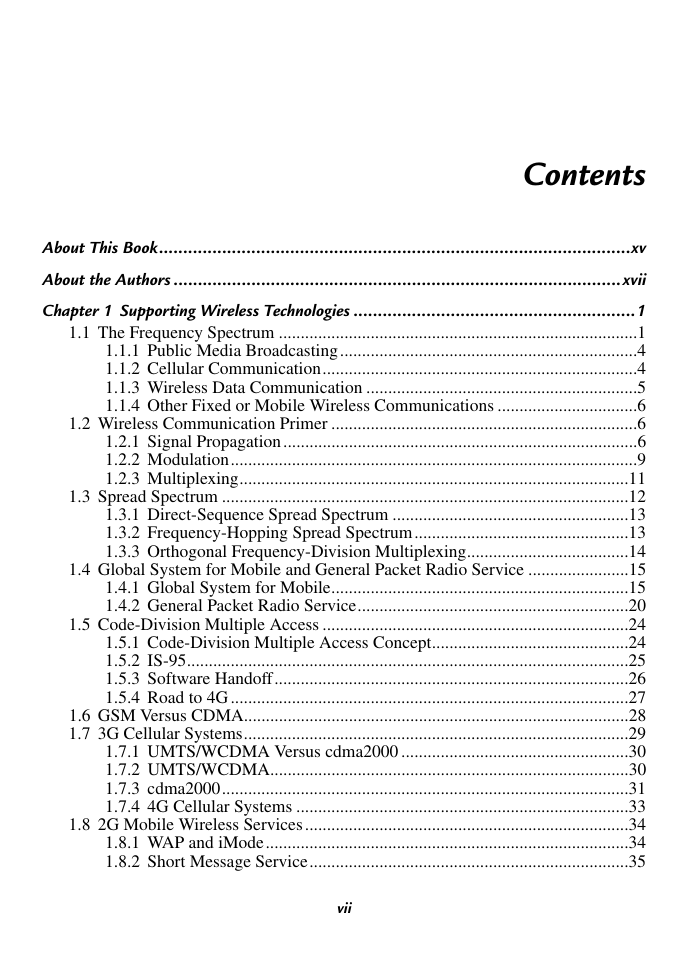








 2023年江西萍乡中考道德与法治真题及答案.doc
2023年江西萍乡中考道德与法治真题及答案.doc 2012年重庆南川中考生物真题及答案.doc
2012年重庆南川中考生物真题及答案.doc 2013年江西师范大学地理学综合及文艺理论基础考研真题.doc
2013年江西师范大学地理学综合及文艺理论基础考研真题.doc 2020年四川甘孜小升初语文真题及答案I卷.doc
2020年四川甘孜小升初语文真题及答案I卷.doc 2020年注册岩土工程师专业基础考试真题及答案.doc
2020年注册岩土工程师专业基础考试真题及答案.doc 2023-2024学年福建省厦门市九年级上学期数学月考试题及答案.doc
2023-2024学年福建省厦门市九年级上学期数学月考试题及答案.doc 2021-2022学年辽宁省沈阳市大东区九年级上学期语文期末试题及答案.doc
2021-2022学年辽宁省沈阳市大东区九年级上学期语文期末试题及答案.doc 2022-2023学年北京东城区初三第一学期物理期末试卷及答案.doc
2022-2023学年北京东城区初三第一学期物理期末试卷及答案.doc 2018上半年江西教师资格初中地理学科知识与教学能力真题及答案.doc
2018上半年江西教师资格初中地理学科知识与教学能力真题及答案.doc 2012年河北国家公务员申论考试真题及答案-省级.doc
2012年河北国家公务员申论考试真题及答案-省级.doc 2020-2021学年江苏省扬州市江都区邵樊片九年级上学期数学第一次质量检测试题及答案.doc
2020-2021学年江苏省扬州市江都区邵樊片九年级上学期数学第一次质量检测试题及答案.doc 2022下半年黑龙江教师资格证中学综合素质真题及答案.doc
2022下半年黑龙江教师资格证中学综合素质真题及答案.doc